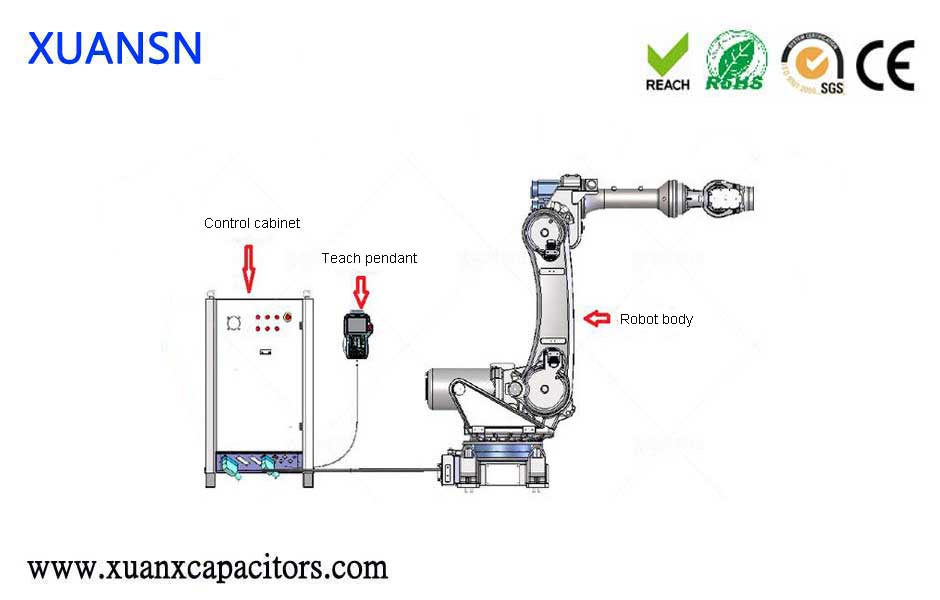Recently, Southeast Asian economies show signs of recovery, the epidemic situation in many countries has stabilized, domestic production and demand have accelerated recovery, and the regional economy has shown signs of continued improvement.
The analysis believes that a series of policies and measures introduced by Southeast Asian countries in response to the epidemic have achieved initial results, and many economic indicators have begun to pick up. The rapid recovery of China’s economy has formed a strong support for the economic and trade development of many countries in the region.
A number of economic indicators continue to improve
Benefiting from the tourism promotion plan launched by the governments of many countries in the early stage, recently, tourism-related industries in many countries in Southeast Asia have also begun to show their vitality. In the eastern resort of Koh Samet, long queues lined up on the pier. Rayong Province, which belongs to Samed Island, has also recently held food festivals, music festivals, bicycle races and football matches, attracting many tourists; in the ancient Malaysian city of Malacca, Jonker Street, the Red House, St. Paul’s Church, the ancient city gate and other well-known attractions Tourists in Halong Bay, which is famous for its beautiful scenery, have recently appeared in large numbers of local tourists, and most of them have to queue up to board the sightseeing boat. According to the Malaysian Hotel Industry Association, the average hotel occupancy rate in major tourist destinations such as Langkawi, Malacca and Penang in Malaysia in September was between 50% and 80%, with higher weekends and holidays.
E-commerce economy boosts foreign trade recovery
ASEAN countries are working hard to promote digital transformation. The Malaysian government announced that it will announce its digital economy plan in October to help the industrial sector accelerate its transformation and development. The Singapore government has launched a series of measures, such as the establishment of a digital transformation office, the establishment of a digitalization plan for SMEs, and the recruitment of 1,000 digital promotion ambassadors to help enterprises and individuals achieve digital transformation. “Under the normalization of epidemic prevention and control, the importance of digitalization has become more prominent. Enterprises should set the next direction to lay a digital foundation for future growth and competitiveness.” Singapore’s Minister of Communications and Information, Yi Huaren, said.
Strengthening regional cooperation is of great significance
Since the beginning of this year, ASEAN and countries in the Asia-Pacific region have provided mutual assistance, provided material assistance to each other, shared experience and technology, promoted the joint construction of “fast channels” for personnel exchanges and “green channels” for cargo transportation, and maintained the stability of the supply chain of the industrial chain in the region. Effectiveness.




